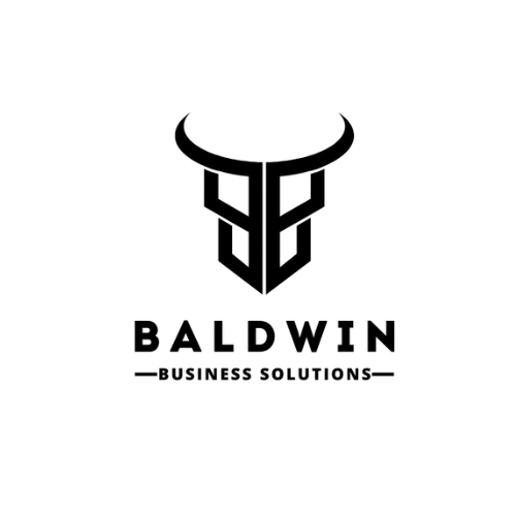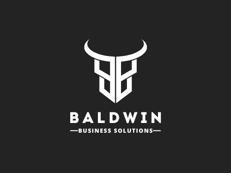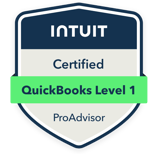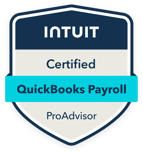What Business Owners Need to Know When Setting Up QuickBooks Online for the First Time
Get QBO Set Up Right From the Start
Baldwin Business Solutions
6/2/20252 min read


Setting up QuickBooks Online (QBO) for the first time can feel simple—but getting it right from the beginning can save you hours of cleanup, confusion, and costly mistakes down the road.
At Baldwin Business Solutions, we’ve seen it all: duplicated accounts, messy vendor lists, transactions that don’t tie back to the bank, and reports that are more misleading than helpful. These problems are avoidable with a solid foundation.
Here’s what you need to know when setting up QBO for the first time—and how to avoid the most common missteps:
1. Start with a Well-Structured Chart of Accounts
Your Chart of Accounts is the backbone of your entire bookkeeping system. It organizes your financial data and tells your reports how to behave.
Mistake to avoid: Using the default Chart of Accounts without customizing it to your business.
What to do instead:
Build a Chart of Accounts tailored to your industry, business model, and reporting needs. Avoid vague account names and use consistent formatting. If you’re not sure where to start, we can help you design one that makes sense for your business.
2. Use Numbering Systems for Customers and Vendors
It’s easy to let your vendor and customer lists grow out of control—especially when you start adding them manually or from synced invoices.
Mistake to avoid: Duplicates, misspellings, or missing entries.
What to do instead:
Assign unique numbers to every customer and vendor. This keeps your lists organized, speeds up searching, and avoids errors when reconciling accounts or running reports.
3. Track Projects Using Numbers, Not Just Names
Project tracking in QBO is powerful—but only if used consistently.
Mistake to avoid: Relying on project names alone (especially if they’re generic like “Remodel” or “Spring Job”).
What to do instead:
Use a simple project numbering system. It helps you sort, filter, and report on projects faster—and ensures everything is clearly tied to the right job.
4. Import and Split Bank Transactions (Don’t Enter Them Directly Into Projects)
One of the biggest mistakes we see? Entering income and expenses directly into QBO Projects instead of importing and classifying real bank transactions.
Mistake to avoid: Entering “phantom” entries that don’t match what hit the bank account.
What to do instead:
Sync your bank and credit card feeds. Then split those actual transactions to the correct projects or classes. This ensures your books stay in sync with the bank and prevents reconciliation nightmares later.
Let’s Get It Right the First Time
Setting up QuickBooks Online the right way takes some thought—but it doesn’t have to be overwhelming. In fact, we can handle all of this for you from the start, in a lot less time than it takes to clean up a messy file later.
If you’re about to launch QBO, or you’re worried your file isn’t set up right, reach out. We’ll help you build a system that supports your business growth—not one that holds it back.
Let’s talk before it becomes a problem.
Visit www.baldwinsolutions.me or contact us today.












